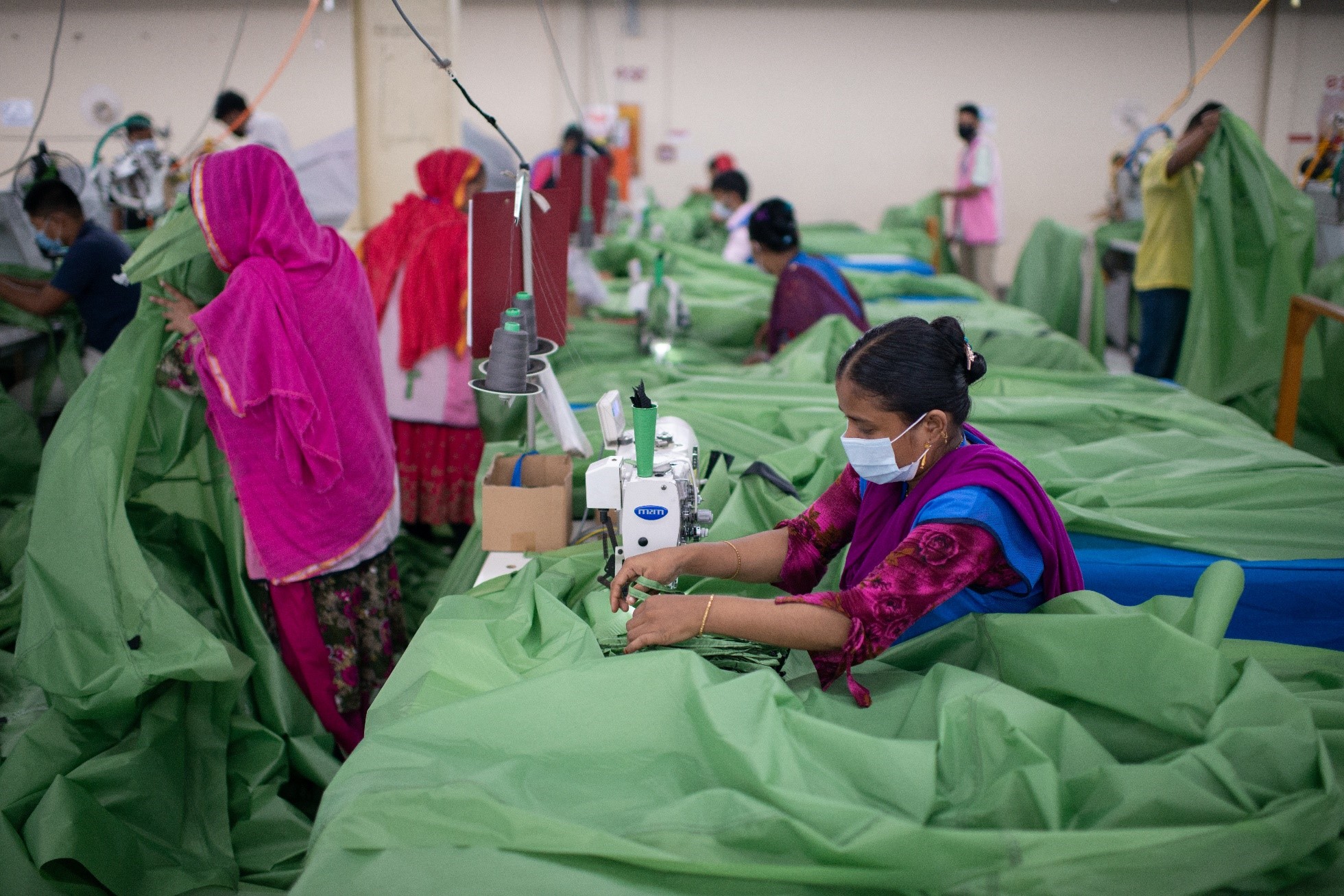Written by Donna Sikyta
Audits don’t build safety. Ownership does.
For too long, safety in the industrial manufacturing sector has been measured by checklists, inspection scores, and compliance reports. These tools have a role to play, but they don’t create lasting change. They offer snapshots in time, not systems that evolve or hold up under pressure.
When safety is directed entirely from the outside, factories may comply without fully understanding the reasons behind the requirements. Sometimes they are asked to make changes that don’t align with their existing operations . For example, they may be asked to install additional machinery before a proper assessment of the electrical system is completed which can introduce serious electrical hazards. In other cases, a sudden order cancellation may lead to excess materials being improperly stored, such as in front of emergency exits or stairwells, if alternative storage solutions are not clearly identified in advance. This can lead to confusion, missed risks, or unintended new hazards. The result is often a passive response: tell us what to do, and we’ll do it. But that doesn’t build a culture of safety. It builds dependence.
To truly support factories in building ownership of safety, we need tools that reflect progress, not just check lists and ratings. Scores don’t capture incremental progress, and compliance-type reports miss the opportunity to recognize and encourage progress, which is essential for learning environments.
Ownership leads to something better.
When factories are equipped to identify their own risks and develop their own safety systems, the work becomes internal. Safety becomes something that belongs to the people on the ground; it encourages initiative, accountability, and pride in doing things well. It creates a proactive culture rather than a reactive one.
To build ownership, factories need more than rules. They need training that helps them understand risk, support in designing systems that fit their specific operations, and opportunities to learn from each other. They also need trust from their brand partners. Trust that they can lead, adapt, and grow.
Ultimately, it’s up to factory owners and managers to lead the way in creating meaningful, lasting safety systems. When they take ownership grounded in their unique context and realities, safety becomes the core of how the factory operates and thrives. Nirapon supports this journey by offering tools, guidance and space for learning.
So we ask: is compliance enough, or is it time for something better?
Photo credit: Mahmud Hossain Opu

